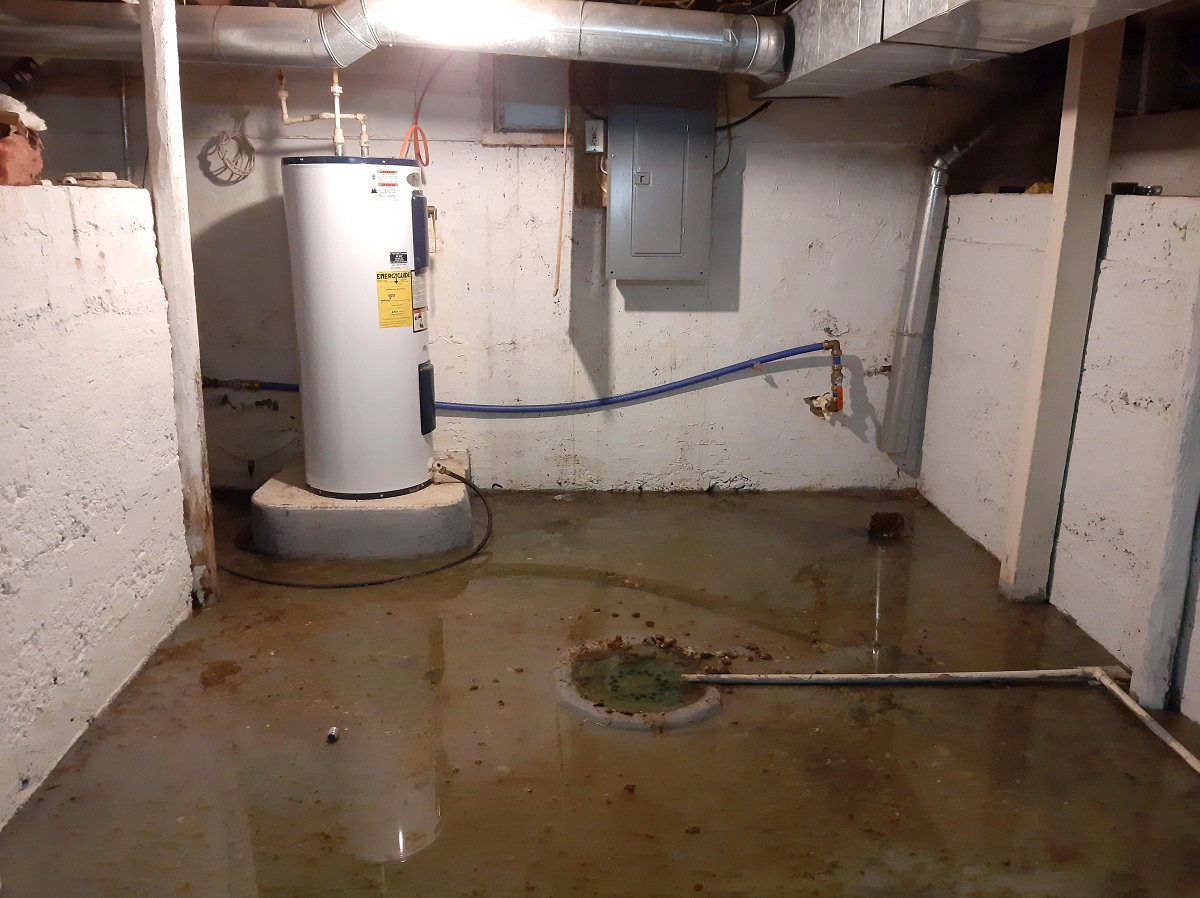

Articles
Why Is My Basement Drain Backing Up
Modified: October 20, 2024
Discover why your basement drain is backing up and learn effective solutions to fix this common issue with our informative articles.
(Many of the links in this article redirect to a specific reviewed product. Your purchase of these products through affiliate links helps to generate commission for Storables.com, at no extra cost. Learn more)
Introduction
Having a basement drain backup can be a frustrating and messy situation for any homeowner. Not only does it create an unpleasant odor, but it can also cause damage to your property and disrupt your daily life. Understanding the common causes of basement drain backups and knowing how to prevent them can save you from future headaches.
Basement drain backups occur when water or sewage cannot flow properly through the drainage system and instead starts to overflow into your basement. There are several factors that can contribute to this problem, ranging from clogged sewer mains to excessive rainfalls. By identifying the root cause, you can take appropriate measures to prevent future backups.
In this article, we will explore the common causes of basement drain backups and provide preventive measures to help you avoid this issue. By implementing these preventive measures and taking regular maintenance steps, you can keep your basement drain running smoothly and prevent costly repairs.
Key Takeaways:
- Regular drain maintenance, installing a backwater valve, and trimming tree roots are crucial preventive measures to avoid basement drain backups and protect your property from potential damage.
- Recognizing signs of basement drain backups, taking proactive measures, and consulting professionals when needed can help prevent costly repairs and maintain a well-functioning drainage system.
Read more: Why Is Water Backing Up Into My Bathtub
Common Causes of Basement Drain Backups
Basement drain backups can occur due to a variety of reasons. Understanding these common causes can help you identify and address the issue before it becomes a major problem. Let’s take a closer look at some of the most prevalent causes of basement drain backups:
- Clogged Sewer Main: A clogged sewer main is one of the leading causes of basement drain backups. When the main sewer line becomes blocked, it prevents water and sewage from flowing freely, causing it to back up and overflow into your basement.
- Blocked Vent Pipe: The vent pipe in your plumbing system is responsible for releasing sewer gases and allowing proper drainage. If the vent pipe becomes blocked or obstructed, it can lead to a basement drain backup as the water has no outlet to escape.
- Tree Root Intrusions: Tree roots grow towards moisture, and if there are any cracks or leaks in your sewer pipes, they can infiltrate the system and cause blockages. As the roots continue to grow and expand, they can eventually completely obstruct the flow of water, resulting in a basement drain backup.
- Plumbing System Issues: Faulty or outdated plumbing systems can contribute to basement drain backups. Issues such as collapsed pipes, improper connections, or outdated sewer lines can hinder the proper flow of water, leading to backups.
- Excessive Rainfall or Flooding: Heavy rainfall or flooding can overwhelm your drainage system, causing it to become overwhelmed and unable to handle the excess water. This can result in a backup of water into your basement through the drain.
It’s important to note that these causes are not exclusive, and a combination of factors can result in basement drain backups. Identifying the specific cause in your situation will help you determine the most effective preventive measures.
Clogged Sewer Main
A clogged sewer main is one of the most common culprits behind basement drain backups. The sewer main is the main pipe that connects your household plumbing system to the municipal sewer system. When this main pipe becomes obstructed, it prevents the proper flow of water and sewage, causing backups in your basement drain.
There are several reasons why a sewer main can become clogged. One of the primary causes is the accumulation of debris and solid materials over time. Items such as grease, hair, soap residue, and non-flushable items can build up and create a blockage in the sewer main, restricting the flow of wastewater.
In addition to household debris, the sewer main can also be affected by external factors such as tree roots. Tree roots are notorious for infiltrating sewer pipes, seeking moisture and nutrients. As the roots grow and expand, they can cause structural damage to the sewer main and create obstructions that hinder the flow of water.
Signs of a clogged sewer main typically include slow drains, gurgling noises in the plumbing system, foul odors, and water backups in multiple fixtures, including basement drains. If you notice any of these signs, it’s important to address the issue promptly to prevent further damage.
To prevent clogs in the sewer main, regular maintenance is key. Avoid flushing non-flushable items down the toilet or pouring grease down the kitchen sink. Use drain screens to catch debris and clean them regularly. Additionally, consider scheduling professional sewer line inspections and cleanings on a periodic basis to remove any buildup or tree root intrusions.
If you suspect a clogged sewer main, it is advisable to contact a professional plumber who can assess the situation and provide the necessary repairs. They can utilize specialized tools such as drain snakes or hydro-jetting equipment to clear the obstruction and restore proper flow in the sewer main.
By being proactive in maintaining your sewer main and taking action at the first signs of a clog, you can prevent basement drain backups and ensure the smooth operation of your plumbing system.
Blocked Vent Pipe
The vent pipe in your plumbing system plays a crucial role in maintaining proper drainage and preventing basement drain backups. It allows sewer gases to escape and ensures the flow of water remains unobstructed. However, when the vent pipe becomes blocked or obstructed, it can lead to backups in your basement drain.
There are several reasons why a vent pipe can become blocked. One common cause is debris accumulation. Over time, debris such as leaves, twigs, and even bird nests can find their way into the vent pipe and create a blockage. This blockage prevents the free flow of air and disrupts the suction effect that helps to pull wastewater through the drainage system.
In addition to debris, ice and frost buildup during colder months can also pose a problem. The condensation and freezing temperatures can cause the vent pipe to become clogged, obstructing the proper release of sewer gases and affecting drainage.
The signs of a blocked vent pipe are similar to those of a clogged sewer main. You may notice gurgling or bubbling noises in your plumbing system, slow drains, foul odors, or water backups in different fixtures, including your basement drain.
To prevent a blocked vent pipe, regular maintenance is essential. Make sure to remove any visible debris or blockages from the vent pipe opening. Additionally, consider installing a mesh screen or cap on the vent pipe to prevent debris from entering.
If you suspect a blocked vent pipe, it is recommended to seek the assistance of a professional plumber. They have the expertise and specialized tools to diagnose and address the issue effectively. A plumber may use techniques such as snaking or high-pressure water jetting to clear the blockage and restore proper airflow in the vent pipe.
Keeping your vent pipe clear and functioning properly is vital to prevent basement drain backups. By taking proactive measures and seeking professional help when needed, you can maintain a healthy and efficient plumbing system.
Tree Root Intrusions
Tree roots can be a major cause of basement drain backups. These relentless and opportunistic roots have a remarkable ability to seek out sources of moisture, including sewer pipes. As these roots grow, they can infiltrate the pipes and cause blockages, leading to backups in your basement drain.
Tree root intrusions commonly occur in older clay or cast iron sewer pipes, as these materials can crack or develop small gaps over time. Even the tiniest crack or joint in a pipe can attract tree roots seeking water and nutrients. Once inside the pipe, the roots continue to grow and expand, eventually completely obstructing the flow of wastewater.
Signs of tree root intrusions include slow drains, gurgling noises, foul odors, or water backups in multiple fixtures, including your basement drain. You may also notice patches of lush and healthy grass or vegetation near the location of your sewer line, indicating the presence of a root system.
Preventing tree root intrusions requires a proactive approach. One option is to trim or remove any trees with aggressive root systems that are in close proximity to your sewer line. This preventative measure eliminates the potential threat of tree roots intruding upon your pipes.
If removing the tree is not a feasible option, you can consider installing a root barrier. A root barrier is a physical barrier made of materials like metal or plastic that is installed around the sewer line. It acts as a deterrent, redirecting the roots away from the pipes and preventing them from causing blockages.
Regular maintenance is also crucial in preventing tree root intrusions. Consider scheduling professional sewer line inspections and cleanings on a regular basis. A professional plumber can use specialized tools, such as a sewer camera, to identify any root intrusions and remove them before they cause major blockages.
If you suspect a tree root intrusion in your sewer line, it is important to consult a professional plumber. They can assess the extent of the problem and recommend the most appropriate course of action. In some cases, a section of the pipe may need to be replaced to eliminate the root intrusion and prevent future backups.
By taking preventive measures and staying vigilant, you can minimize the risk of tree root intrusions and ensure the smooth operation of your basement drain.
Read more: Why Does My Plumbing Keep Backing Up
Plumbing System Issues
Plumbing system issues can also contribute to basement drain backups. Problems with your plumbing system can disrupt the proper flow of water and sewage, leading to backups in your basement drain. Identifying and addressing these issues is crucial in maintaining a well-functioning drainage system.
One common plumbing system issue that can cause basement drain backups is a collapsed pipe. Over time, pipes can deteriorate or become damaged due to various factors such as shifting soil or heavy pressure. A collapsed pipe can obstruct the flow of water, leading to backups in your basement drain.
Improper connections in your plumbing system can also contribute to basement drain backups. If pipes are not correctly connected or sealed, it can lead to leaks or improper drainage, causing water to back up into your basement drain.
Outdated sewer lines can also be a source of plumbing system issues. Older homes may have sewer lines that are made of outdated materials such as clay or cast iron, which are more prone to cracks and damage. These compromised sewer lines can impede the flow of water and sewage, resulting in backups.
Signs of plumbing system issues include slow drains, foul odors, water backups, or damp spots in your basement. If you notice any of these signs, it is important to consult a professional plumber to assess the situation and determine the necessary repairs.
Preventive measures for plumbing system issues include regular maintenance and inspections. Schedule periodic check-ups with a professional plumber to identify and address any potential issues before they worsen. They can identify weak points or signs of damage in your plumbing system and provide appropriate repairs or replacements.
If you suspect a collapsed pipe or improper connections, a plumber can use specialized equipment such as a sewer camera to inspect the pipes and assess the condition of your plumbing system. Depending on the severity of the issue, repairs such as pipe relining or pipe replacement may be required.
By staying proactive in maintaining your plumbing system and addressing any issues promptly, you can mitigate the risk of basement drain backups and ensure the efficient operation of your drainage system.
Excessive Rainfall or Flooding
Excessive rainfall or flooding can overwhelm your drainage system and contribute to basement drain backups. When there is an inordinate amount of water entering the drainage system, it may become overwhelmed and unable to handle the excess flow, resulting in backups in your basement drain.
One of the primary causes of excess water is heavy rainfall. During periods of heavy rain, the amount of water that enters your property can exceed the capacity of your drainage system, causing backups and water infiltration into your basement drain. This is particularly common in areas with poor drainage infrastructure or properties situated in low-lying areas.
In addition to heavy rainfall, flooding can also lead to basement drain backups. Whether it’s due to natural disasters or plumbing system failures, when water accumulates and rises above ground level, the pressure on your drainage system increases, leading to backups. Flooding can cause significant damage to your basement, including structural damage and the potential for mold growth.
Signs of excessive rainfall or flooding contributing to basement drain backups may include water pooling in your basement, water stains or discoloration on walls or floors, or a noticeable increase in humidity levels. If you experience any of these signs, it’s important to take immediate action to prevent further damage.
To mitigate the risk of basement drain backups caused by excessive rainfall or flooding, there are a few preventive measures you can take. Consider installing a sump pump in your basement. A sump pump is designed to remove excess water from your basement and pump it outside, keeping your basement dry and preventing backups.
Ensure your property has proper grading around the foundation. This allows water to naturally flow away from your property rather than towards it. Clearing any debris or obstructions from your drainage system, such as gutters and downspouts, will also help redirect water away from your property and reduce the risk of backups.
In instances where heavy rainfall or flooding is expected, it may be necessary to take additional measures, such as using sandbags to create barriers and redirect water away from vulnerable areas.
Consulting with a professional waterproofing specialist or a plumber experienced in dealing with basement flooding can provide valuable insights and recommendations tailored to your specific situation. They can assess your property and suggest appropriate measures to protect your basement from backups during excessive rainfall or flooding.
By taking preventive actions and being prepared for heavy rainfall or flooding, you can minimize the risk of basement drain backups and protect your property from water damage.
To prevent basement drain backups, regularly inspect and maintain your plumbing system, avoid flushing non-biodegradable items, and consider installing a backwater valve.
Signs of a Backed Up Basement Drain
Knowing the signs of a backed up basement drain is essential for identifying and addressing the issue promptly. By recognizing these signs, you can take the necessary steps to prevent further damage and restore proper drainage. Here are some common signs to watch out for:
- Water Backing Up: One of the most obvious signs of a backed up basement drain is water flowing back into your basement through the drain. This can occur when the drainage system is unable to handle the volume of water, causing it to overflow into the lowest point, which is usually the basement drain.
- Slow Drains: If you notice that multiple drains in your home, including sinks and showers, are draining slowly or not draining at all, it could indicate a backed up basement drain. A blockage in the main drain line can cause water to accumulate and hinder the efficient flow of wastewater.
- Strange Noises: Gurgling or bubbling sounds coming from your plumbing system can be a sign of a backed up basement drain. These noises occur when air is trapped in the pipes due to a blockage, and as water tries to pass through, it creates these distinct sounds.
- Foul Odors: If you detect a foul smell coming from your basement drain or any other drains in your home, it could be an indication of a backed up drain. The stagnant water and organic materials trapped in the drain can emit unpleasant odors, signaling a blockage.
- High Water Levels: Another sign of a backed up basement drain is when you notice that the water level in your toilet bowl rises significantly when you flush. This can occur when there is a blockage in the main drain line, preventing proper water flow and causing it to rise in unexpected places.
If you observe any of these signs, it is important to take action to prevent further damage and resolve the issue. You can start by attempting simple remedies such as using a plunger to clear any minor blockages. However, if the problem persists or the signs are severe, it is recommended to consult a professional plumber who can assess the situation and provide the necessary repairs.
Ignoring the signs of a backed up basement drain can lead to more significant issues such as water damage, mold growth, and structural problems. By recognizing these signs early on and addressing them promptly, you can protect your property and ensure the smooth operation of your drainage system.
Preventive Measures for Basement Drain Backups
Preventing basement drain backups is crucial in maintaining a functional and efficient drainage system. By implementing preventive measures, you can reduce the risk of blockages, water backups, and potential damage to your property. Here are some preventive measures to consider:
- Regular Drain Maintenance: One of the most effective ways to prevent basement drain backups is to perform regular drain maintenance. This includes regularly cleaning your drains, removing debris, and using drain screens or traps to catch hair, soap residue, and other potential blockage-causing materials.
- Install a Backwater Valve: Installing a backwater valve is a proactive step in preventing basement drain backups. A backwater valve is a one-way valve that allows water to flow out of your property but prevents it from reentering. This valve automatically closes when water or sewage tries to flow back into your home, protecting your basement from backups caused by overloaded sewers or sewer line obstructions.
- Trim Tree Roots: If you have trees near your property, regularly trim the roots to prevent them from infiltrating your sewer pipes. Consult with a professional tree trimmer or arborist who can safely trim and manage tree roots to reduce the risk of intrusions and blockages.
- Maintain Proper Grading and Drainage: Ensure that the grading around your property’s foundation slopes away from the building. This helps to prevent water from pooling near the foundation, reducing the risk of excess water entering your drainage system and potentially causing backups in your basement drain.
- Avoid Flushing Non-Flushable Items: To prevent clogs in your drainage system, avoid flushing non-flushable items such as wet wipes, sanitary products, or grease down the toilet or sink. These items can accumulate in the pipes and cause blockages.
- Be Mindful of Excessive Water Usage: Excessive water usage can overwhelm your drainage system, especially during periods of heavy rainfall. Be mindful of your water usage, and avoid running multiple large water-consuming appliances simultaneously to reduce the strain on your drainage system.
It’s important to note that preventive measures are not foolproof, and occasional drain backups may still occur. However, by implementing these strategies, you can significantly reduce the frequency and severity of basement drain backups.
If you experience persistent or severe basement drain backups, it is advisable to consult with a professional plumber. They can assess the situation, identify any underlying issues, and recommend appropriate solutions, such as sewer line inspections, repairs, or even system upgrades if necessary.
By taking preventive measures and addressing any issues promptly, you can minimize the risk of basement drain backups, protect your property from water damage, and maintain a properly functioning drainage system.
Read more: What To Do If Sewer Backs Up In Basement
Regular Drain Maintenance
Regular drain maintenance is essential for preventing basement drain backups and maintaining the proper functioning of your drainage system. By incorporating a routine maintenance plan, you can reduce the risk of blockages, slow drains, and potential water backups. Here are some key aspects of regular drain maintenance:
- Cleaning Drains: Regularly cleaning your drains is crucial to prevent the buildup of debris, hair, soap scum, and other materials that can cause blockages. You can use a drain cleaner or a homemade solution of vinegar and baking soda to flush your drains and remove any accumulated buildup.
- Using Drain Screens or Traps: Installing drain screens or traps is an effective preventive measure to catch debris before it enters the drain and causes blockages. These screens or traps can be placed over drains in sinks, showers, and bathtubs to catch hair, food particles, and other potential culprits of clogs.
- Maintaining Garbage Disposals: If you have a garbage disposal, it is important to use it properly and avoid disposing of hard or fibrous materials that can damage the grinder blades or clog the drain. Regularly cleaning the garbage disposal and running cold water through it can help flush out any residue and prevent odors.
- Applying Natural Drain Cleaners: Instead of relying on harsh chemical drain cleaners, consider using natural drain cleaners on a monthly basis. Homemade mixtures of vinegar and baking soda or enzyme-based cleaners can break down organic matter and keep your drains clear without causing harm to the environment or your plumbing system.
- Regular Inspections: Conducting regular inspections of your drains can help identify early signs of potential issues. Look out for slow drainage, gurgling sounds, foul odors, or water backups in your sinks, showers, or toilets. If you notice any of these signs, it is advisable to address them promptly to prevent further damage.
- Professional Drain Cleaning: While regular maintenance can help prevent minor blockages, it is also recommended to schedule professional drain cleaning on a periodic basis. Professional plumbers have specialized equipment, such as drain snakes or hydro-jetting machines, that can thoroughly clean your pipes and remove stubborn clogs or buildup.
By incorporating these regular drain maintenance practices into your household routine, you can significantly reduce the risk of basement drain backups. Remember to be consistent with your efforts and address any potential issues promptly to maintain the efficiency of your drainage system.
In cases where DIY efforts are unsuccessful or when dealing with persistent drain backups, it is best to consult a professional plumber. They can assess your situation, identify the cause of the backups, and provide appropriate solutions, such as comprehensive drain cleaning or repairs, to restore proper drainage and prevent future issues.
By taking a proactive approach to regular drain maintenance, you can ensure the smooth and efficient operation of your drainage system and minimize the risk of basement drain backups.
Install a Backwater Valve
Installing a backwater valve is an effective measure to prevent basement drain backups and protect your property from sewage overflow. A backwater valve is a specialized device that allows water to flow out of your property but prevents it from flowing back in. It acts as a one-way gate, automatically closing when water or sewage tries to reverse its flow.
A backwater valve is typically installed on the main sewer line where it exits your property. It is designed to protect your basement drain from backups caused by overloaded sewers, sewer line obstructions, or backflows from the municipal sewer system. Depending on your location and local building codes, installing a backwater valve may be required or highly recommended.
Here are some key benefits of installing a backwater valve:
- Prevents Sewage Backups: One of the primary benefits of a backwater valve is its ability to prevent sewage backups into your basement. When overloaded sewers or blockages in the municipal system cause surges of water or sewage, the backwater valve closes, ensuring that the flow remains one-way and protecting your home from potential damage.
- Protects against Flooding: By preventing sewage from flowing back into your property, a backwater valve also helps protect your basement from floodwaters. During heavy rainfalls or flooding events, the backwater valve acts as a reliable barrier, keeping water out and reducing the risk of basement flooding.
- Easy to Maintain: Backwater valves require minimal maintenance, making them a convenient preventive measure. Regular inspections to ensure the valve is functioning properly and occasional cleaning or maintenance are typically all that is needed.
- Long-Term Cost Savings: While the initial installation cost of a backwater valve may seem significant, it can save you money in the long run. The cost of potential repairs and restoration due to basement drain backups or flooding can far exceed the cost of installing a backwater valve.
- Peace of Mind: Knowing that you have a backwater valve installed provides peace of mind, especially during heavy rainfalls or when sewer maintenance is being performed in your area. You can rest assured that your basement drain is protected, reducing stress and potential damage to your property.
When considering installing a backwater valve, it is crucial to consult with a professional plumber or building code official. They can provide guidance on the type of backwater valve suitable for your property and ensure it meets local regulations.
Professional plumbers are skilled in installing backwater valves and can assess your property’s specific needs. They will determine the optimal location for installation and ensure the valve is correctly fitted to your main sewer line. Proper installation is crucial for the valve to function effectively in preventing basement drain backups.
By installing a backwater valve, you can take a proactive step in safeguarding your home from basement drain backups and potential damage caused by sewer overflows or flooding events. It serves as a reliable barrier, providing peace of mind and protecting your property from unwanted water intrusion.
Trim Tree Roots
Trimming tree roots is an important preventive measure in avoiding basement drain backups and maintaining the integrity of your sewer pipes. Tree roots have a natural tendency to seek out water sources, including sewer pipes, and can infiltrate them over time. By trimming tree roots, you can prevent potential blockages and damage to your drainage system.
Here are some key points to consider when trimming tree roots:
- Identify Problematic Trees: Start by identifying trees on your property that have aggressive root systems or are located in close proximity to your sewer lines. Some tree species, such as willows, maples, and poplars, are more likely to have invasive root systems. Knowing which trees pose a potential threat allows you to target your root trimming efforts more effectively.
- Consult a Professional: Before beginning any root trimming, it is advisable to consult with a professional tree trimmer or arborist. They have the expertise to identify root zones and can provide guidance on how much root trimming is necessary without compromising the health of the tree.
- Root Barrier Installation: In some cases, installing a root barrier can be an effective solution in preventing tree roots from infiltrating your sewer pipes. A root barrier is a physical barrier made of metal or plastic that is installed underground around the perimeter of the sewer line. It directs the roots away from the pipes, preventing them from causing blockages and damage.
- Schedule Regular Trimming: Regularly trim tree roots to keep them at a safe distance from your sewer pipes. This preventive measure can help reduce the likelihood of root intrusion and blockages. Trimming should be performed by a professional to ensure it is done correctly, avoiding any damage to the tree or the surrounding landscape.
- Consider Tree Removal: If a tree poses a persistent threat to your sewer pipes despite regular root trimming, removing the tree might be the best solution. However, tree removal is a significant decision and should be considered as a last resort. Consult with an arborist to assess the health and stability of the tree and explore alternative options before taking this step.
It is important to note that tree root trimming should be done cautiously and with professional guidance to avoid damaging the tree or causing further issues. Cutting too deeply or incorrectly can weaken the tree, making it more susceptible to disease or potential hazards.
Regular maintenance and proactive measures such as tree root trimming can help prevent basement drain backups caused by root infiltrations. By working with professionals and implementing these preventive strategies, you can maintain the health of your trees while safeguarding your sewer pipes.
Conclusion
Dealing with basement drain backups can be a frustrating and damaging experience for homeowners. However, understanding the common causes and implementing preventive measures can help you avoid this problem and maintain a properly functioning drainage system.
We explored several common causes of basement drain backups, including clogged sewer mains, blocked vent pipes, tree root intrusions, plumbing system issues, and excessive rainfall or flooding. Each of these factors can contribute to backups and require specific preventive measures to address them effectively.
Regular drain maintenance, such as cleaning drains, using drain screens or traps, and applying natural drain cleaners, is essential in preventing blockages and maintaining the smooth flow of water. Additionally, installing a backwater valve acts as a safeguard, preventing sewer backflows and protecting your basement from potential damage.
Trimming tree roots and considering root barriers help mitigate the risk of root intrusions into your sewer pipes. Regular inspections and addressing plumbing system issues promptly are also vital in preventing basement drain backups before they escalate.
While preventive measures significantly reduce the likelihood of basement drain backups, it is important to be vigilant for signs of potential issues. Slow drains, foul odors, gurgling noises, and water backups are warning signs that should not be ignored. Addressing these signs promptly will help prevent further damage and costly repairs.
By taking a proactive approach to basement drain maintenance, you can protect your property, avoid unnecessary stress, and ensure the efficient operation of your drainage system. Consulting with professional plumbers or tree trimmers when needed can provide expertise and guidance to address specific issues effectively.
Remember, prevention is key. Regular maintenance, installation of preventive devices, and proactive measures will go a long way in preventing basement drain backups and keeping your home dry and safe.
So take action today, invest in preventive measures, and enjoy the peace of mind that comes with a well-maintained basement drain and a fully functional drainage system for your home.
Frequently Asked Questions about Why Is My Basement Drain Backing Up
Was this page helpful?
At Storables.com, we guarantee accurate and reliable information. Our content, validated by Expert Board Contributors, is crafted following stringent Editorial Policies. We're committed to providing you with well-researched, expert-backed insights for all your informational needs.
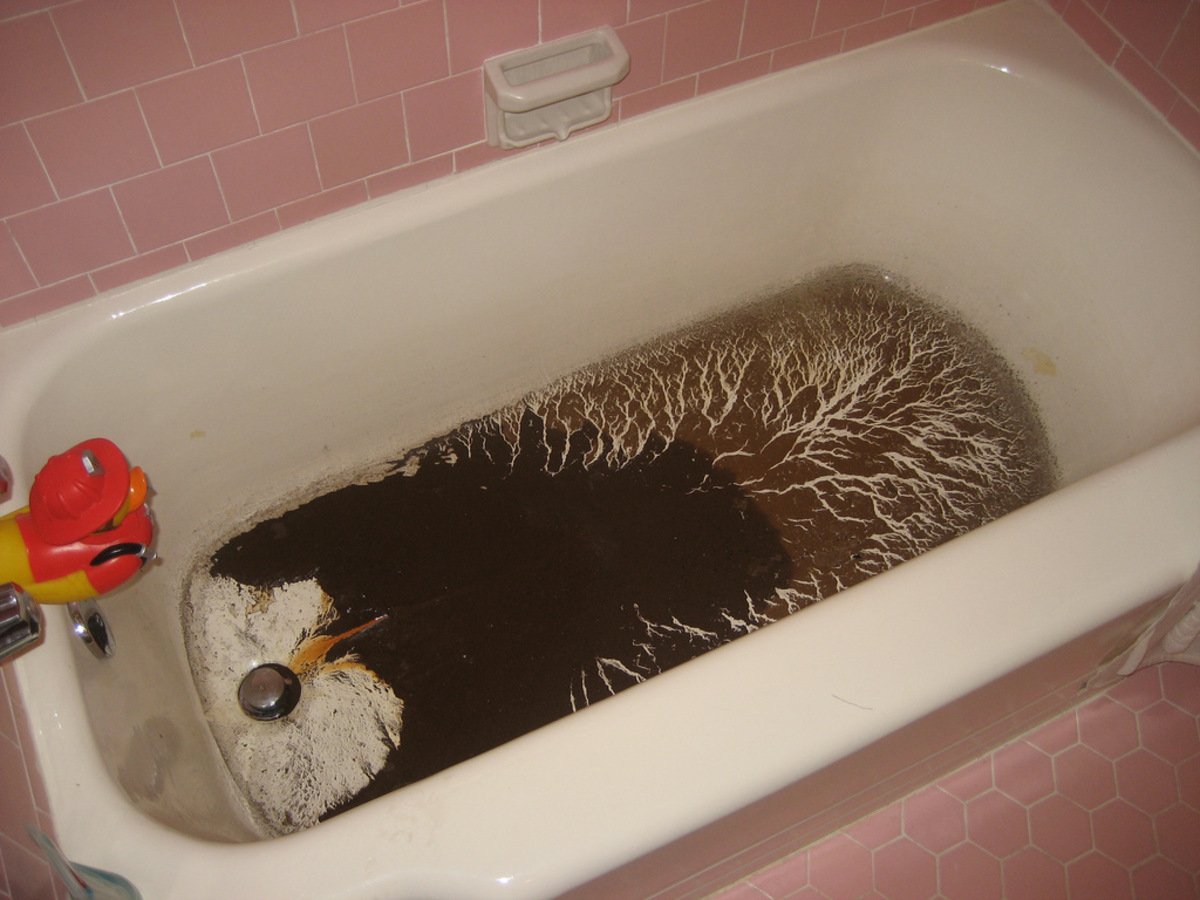

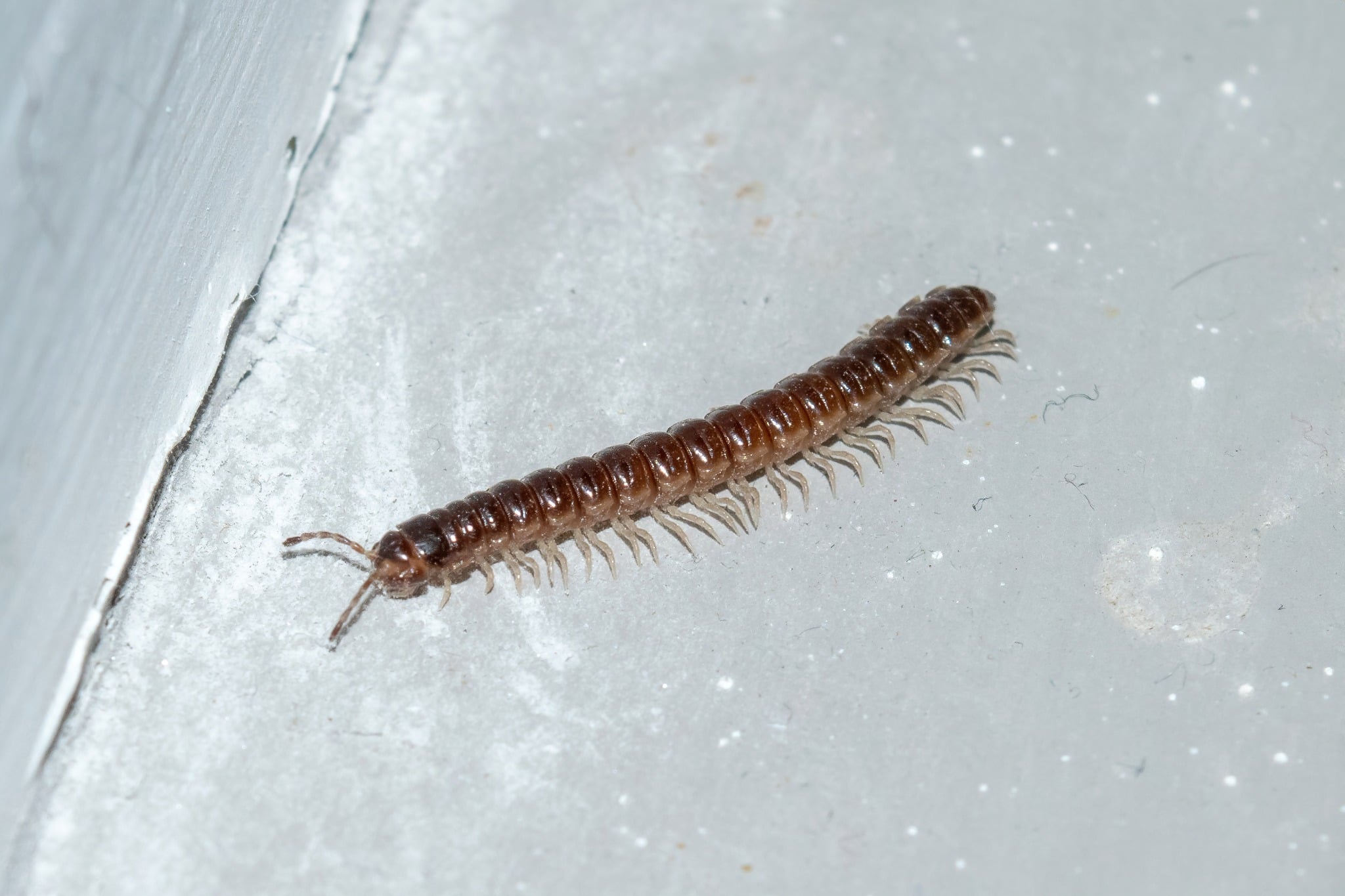

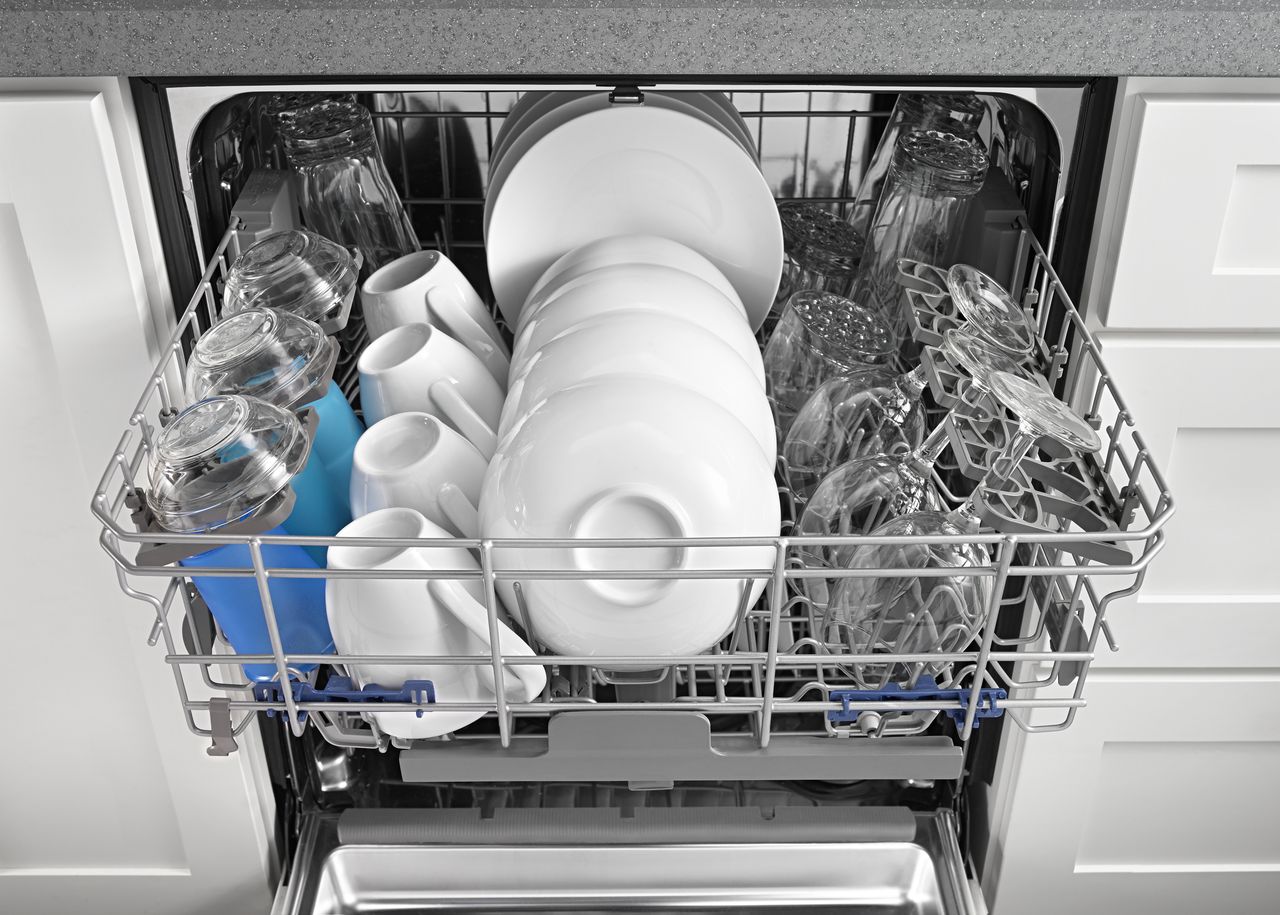
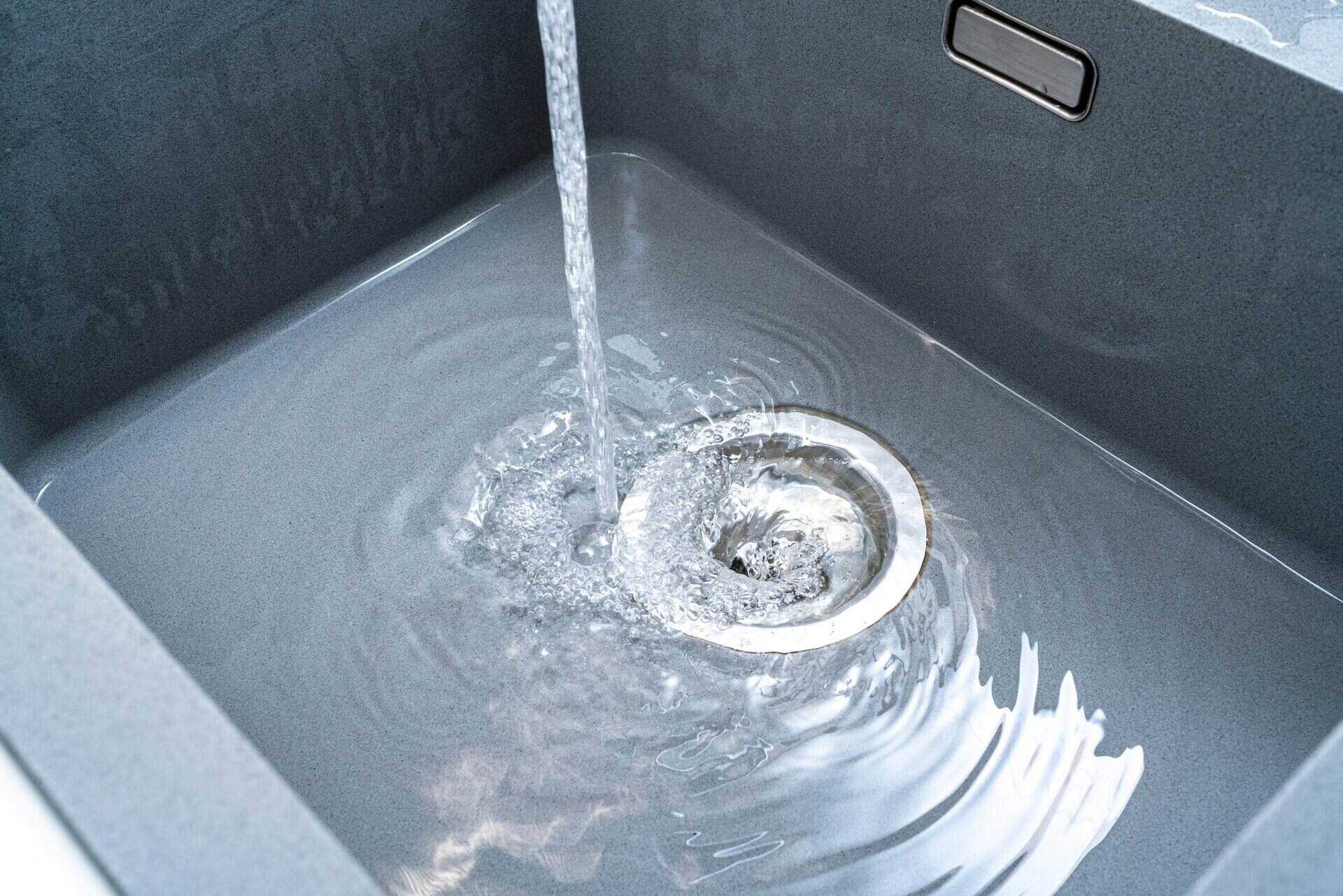
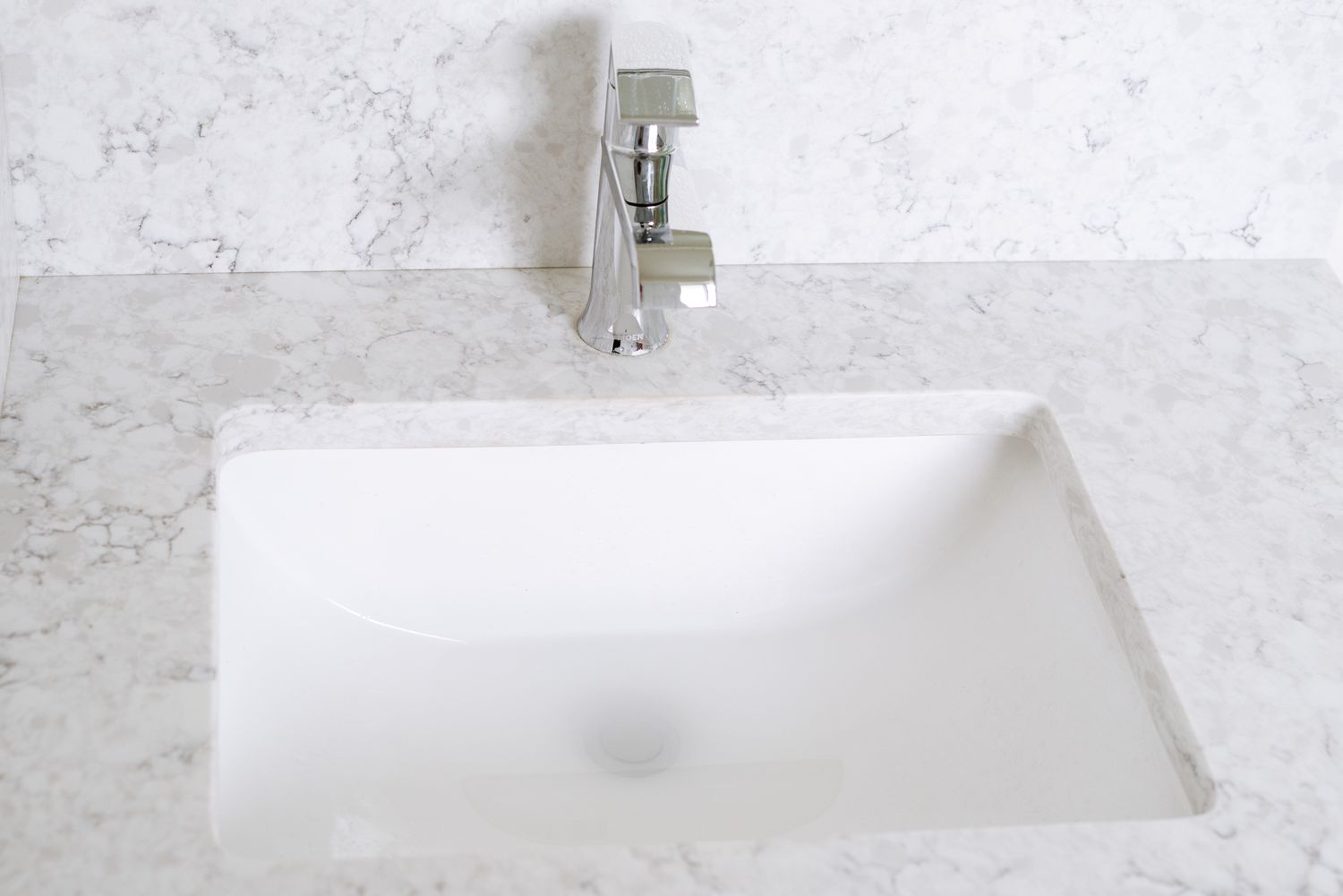
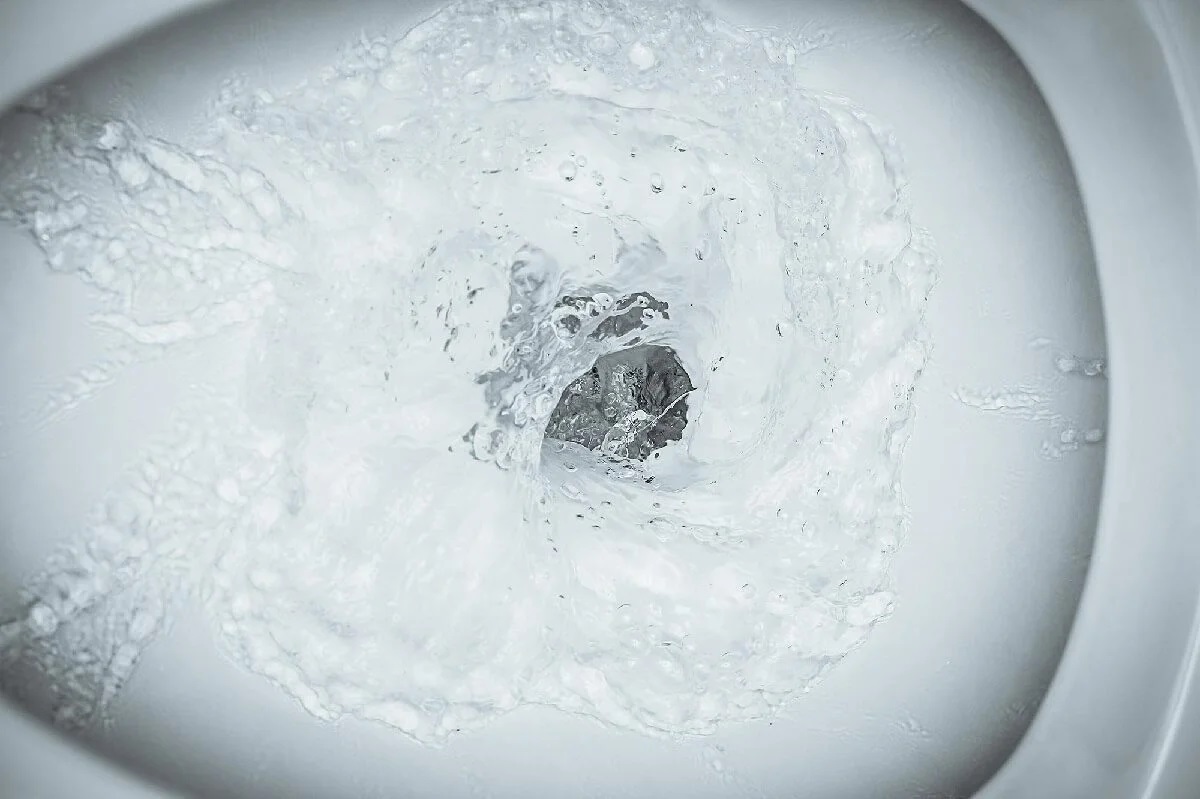
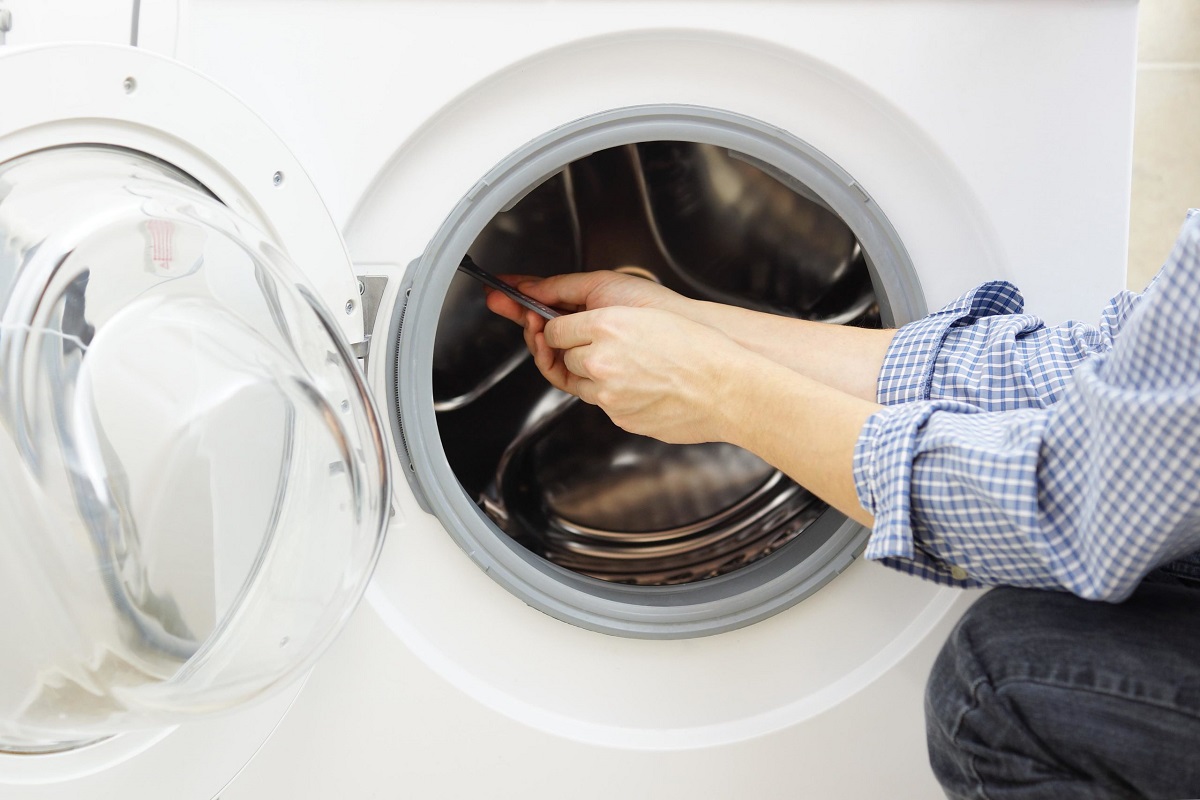
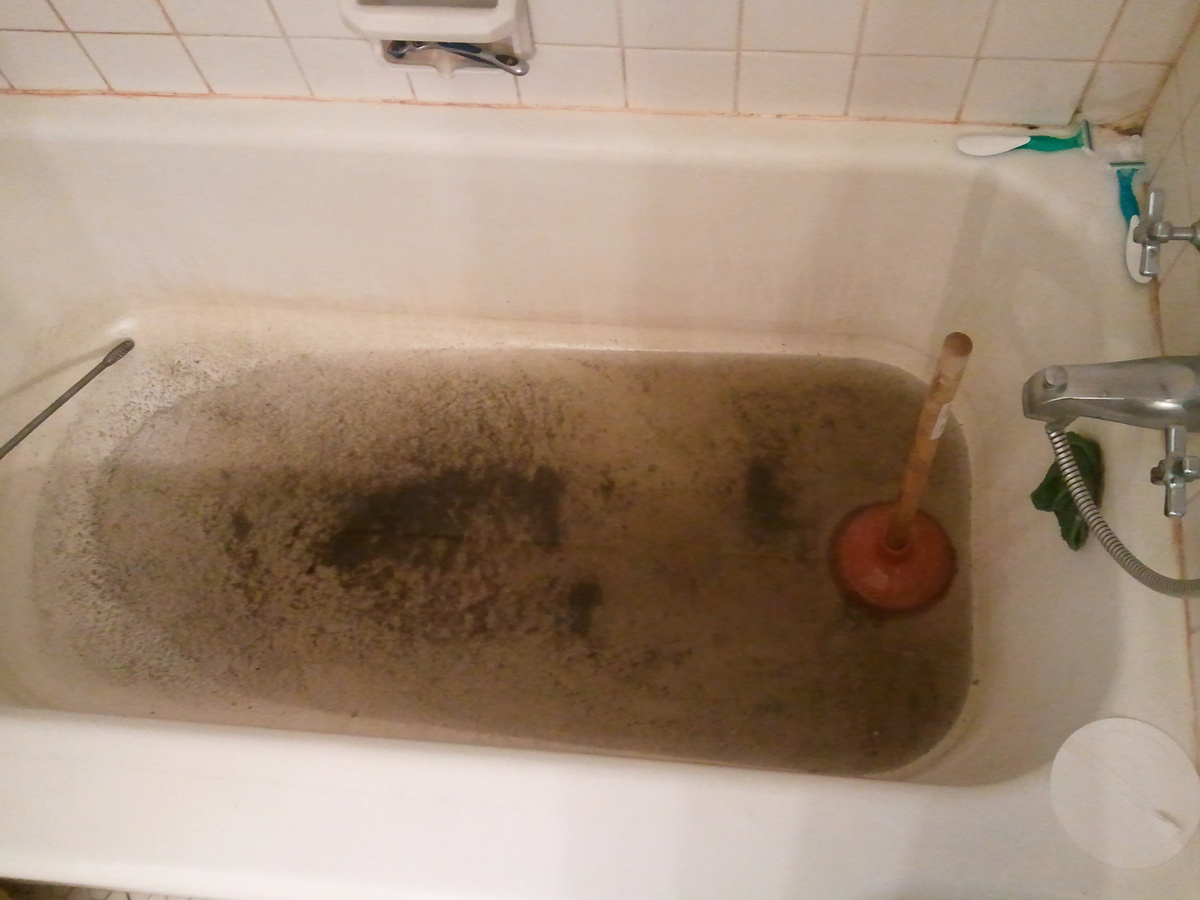

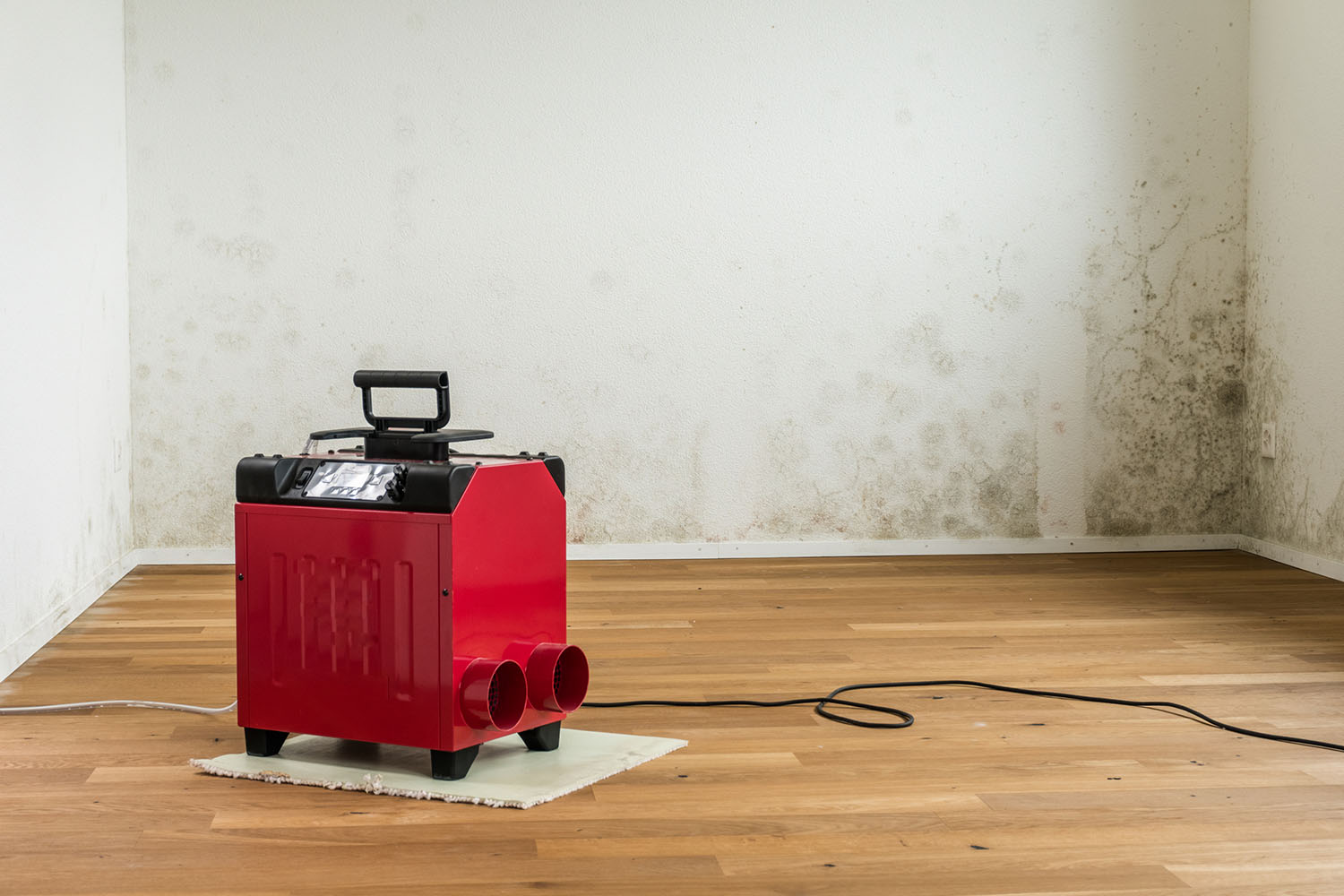


0 thoughts on “Why Is My Basement Drain Backing Up”